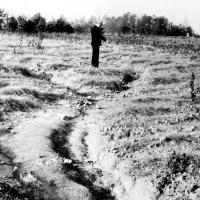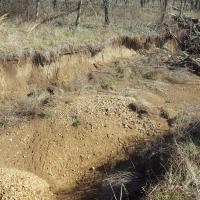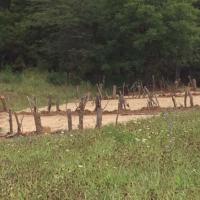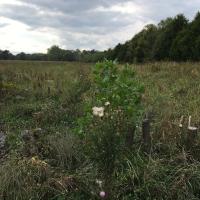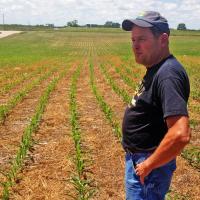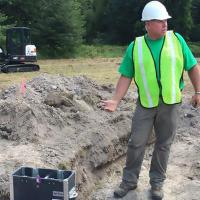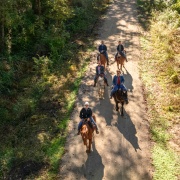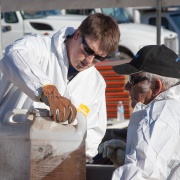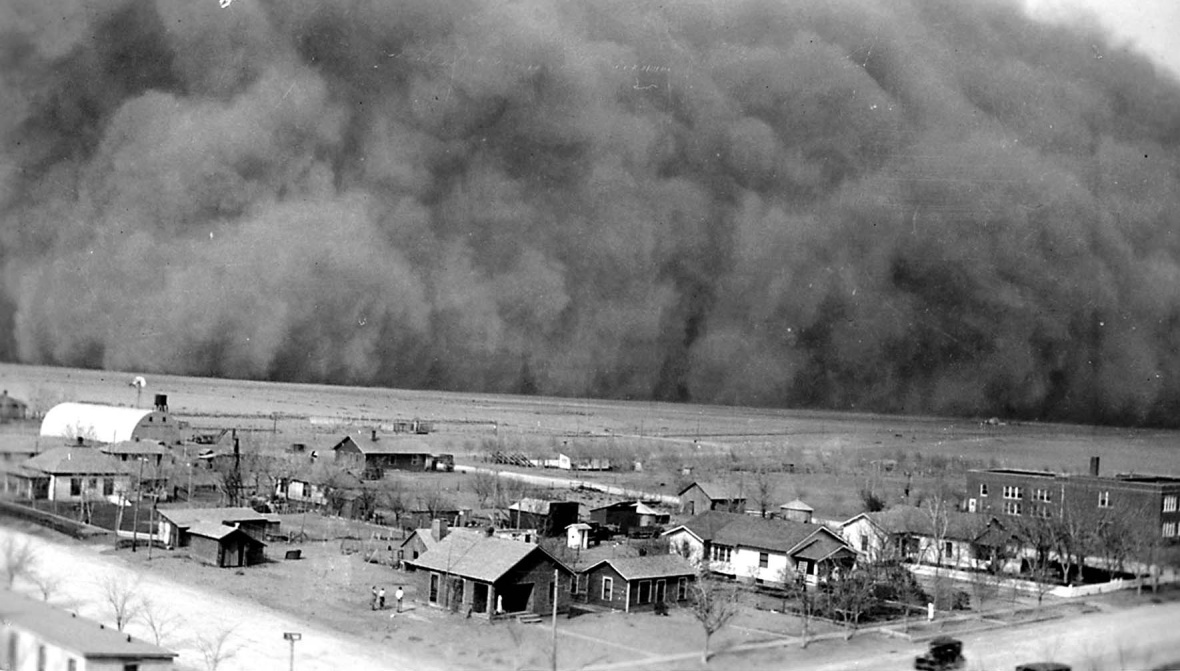
Missouri had one of the highest rates of erosion in the nation, which led to the creation of the Missouri Soil and Water Conservation Districts in 1944.
After some of the dust blew all the way to Washington, D.C., dimming the sun, Hugh Hammond Bennett of the Soil Erosion Service sold President Franklin Roosevelt and Congress on the idea that something had to be done on a national scale. The Soil Conservation Service (now the Natural Resources Conservation Service) was later created within the U.S. Department of Agriculture on April 27, 1935. In 1943, legislation that authorized the formation of the Soil and Water Districts Commission and Soil and Water Conservation Districts was passed in Missouri. In 1944, the first 14 districts were organized including Boone, Callaway, Cape Girardeau, Clark, Clay, Daviess, DeKalb, Franklin, Harrison, Gentry, Johnson, St. Charles, Shelby and Worth counties. All of Missouri’s 114 counties would eventually organize districts, many of them during the 1960s.
The Soil and Water Districts Commission develops the policies and general programs, utilized by the districts, for preventing soil erosion and protecting water quality. The districts provide financial incentives, technical assistance and education to agricultural landowners and operators, working with state and federal conservation partners, and are funded through the Parks, Soils and Water Sales Tax, which is administered by the department's Soil and Water Conservation Program.
Missouri citizens have shown strong support for soil and water conservation and state parks by passing a one-tenth-of-one percent Parks, Soils and Water Sales Tax. The tax was first approved by voters in 1984, and has since been reapproved by at least two-thirds of Missouri voters in 1988, 1996 and 2006. In 2016, 80% of Missouri voters once more approved a renewal, and it passed in every county. Half of the sales tax is deposited into the Soil and Water Sales Tax Fund, with the other half going to Missouri State Parks. The Parks, Soils and Water Sales Tax is placed on the ballot every 10 years to reaffirm voter support for the park system and soil and water conservation efforts. Missouri farmers have voluntarily implemented more than 255,000 structural and management conservation practices for cropland, hayland, pastureland and woodlands supported by more than $772 million from the Parks, Soils and Water Sales Tax since 1984.
Revenues from the Parks, Soils and Water Sales Tax have resulted in Missouri having the greatest soil erosion reduction rate of any other state with more than 10 million acres of cultivated cropland.
Learn more by visiting the department's Soil and Water Conservation webpage.
